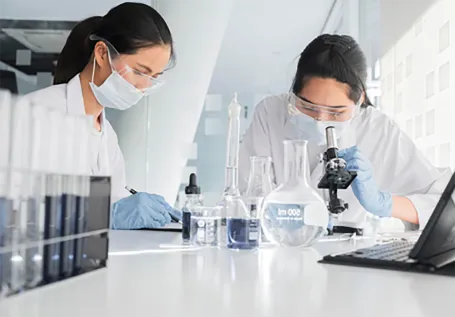Cationic polyacrylamide (CPAM) is a water-soluble polymer that has garnered significant attention in various industrial applications due to its unique properties. Derived from acrylamide, CPAM is characterized by the presence of cationic groups, which impart a positive charge to the polymer. This positive charge enhances its ability to interact with negatively charged substances, making it an effective flocculating agent, coagulant, and conditioner.
One of the primary uses of cationic polyacrylamide is in water treatment processes. It is commonly employed in municipal wastewater treatment plants to improve the removal of suspended solids, organic matter, and colloidal particles. The mechanism by which CPAM functions as a flocculant involves bridging the gaps between particles, allowing for their aggregation and subsequent sedimentation. This results in clearer effluents and reduced turbidity, which is essential for meeting environmental regulations and providing clean water.
In addition to water treatment, CPAM plays a crucial role in the paper and pulp industry. It is used to enhance retention and drainage during the paper manufacturing process. By facilitating the binding of fine particles and fibers, CPAM improves the quality of the final product. Furthermore, it helps in controlling the removal of fillers and additives, contributing to better paper characteristics, such as strength and brightness.
Another significant application of cationic polyacrylamide is in the oil and gas industry. CPAM is utilized in enhanced oil recovery (EOR) processes, where it helps to improve the mobility of crude oil in reservoirs. The polymer's ability to increase the viscosity of water injected into oil wells helps in pushing the oil towards production wells, thereby enhancing recovery rates. This application is particularly important as the demand for energy continues to rise, necessitating the efficient extraction of existing oil resources.
cationic polyacrylamide

Agriculture is another area where CPAM is gaining popularity. It serves as a soil conditioner that improves soil structure, water retention, and nutrient availability. By enhancing the physical properties of soil, CPAM can lead to improved crop yields and sustainable farming practices. This is particularly beneficial in arid and semi-arid regions where water scarcity is a significant concern.
Despite its numerous advantages, the use of cationic polyacrylamide is not without considerations. Environmental safety and biodegradability are critical aspects that need to be addressed. Researchers are increasingly focusing on developing eco-friendly alternatives and formulations that reduce the environmental impact of synthetic polymers.
In conclusion, cationic polyacrylamide is a versatile polymer with a wide range of applications spanning water treatment, paper manufacturing, oil recovery, and agriculture. Its unique properties make it an invaluable asset in various industrial processes. As research continues to evolve, the development of more sustainable forms of CPAM will likely enhance its utility while addressing environmental concerns. This balance between efficiency and sustainability is essential for the future of cationic polyacrylamide usage across different sectors.

